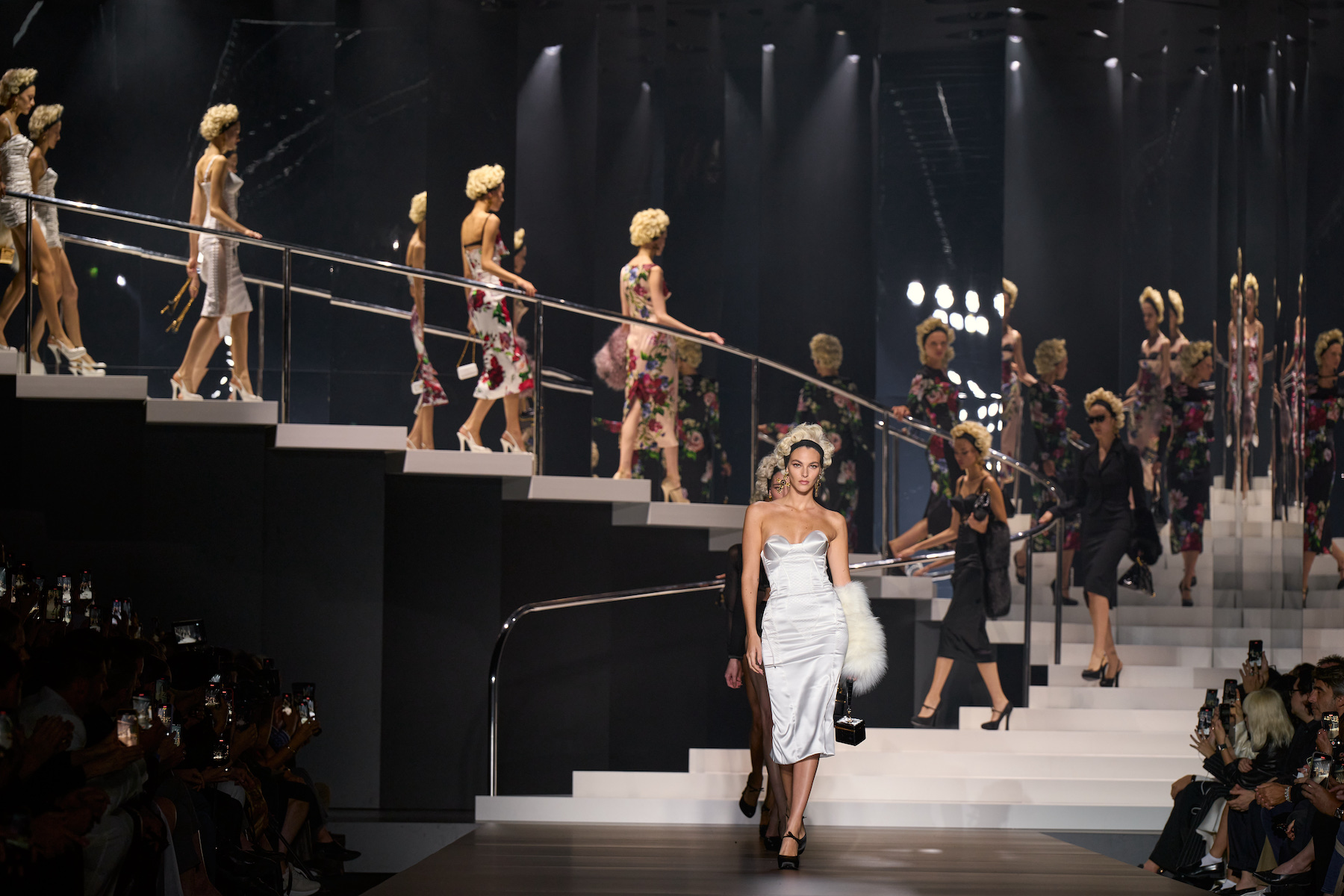
A slight shift in scheduling saw Milan Fashion Week move a day earlier this season, the extension giving some much-needed breathing room to an always-packed programme. ‘I’m very satisfied with this synergetic effort by the four main players on the fashion circuit,’ said Carlo Capasa, president of Camera della Moda, the week’s organising body. ‘[We] had for some time been asking for an extension of the Milan Fashion Week, given its calendar of over 200 appointments.’
Roman house Fendi began proceedings on the afternoon of 17 September, seeing Kim Jones look back to the 1920s – the decade the Roman house was founded – followed by Marni, whereby Francesco Risso presented a collection of idiosyncratic glamour which riffed on mid-century silhouettes and would prove one of the week’s highlights. Elsewhere, there were blockbuster shows from Gucci, Versace, Ferragamo, Bottega Veneta and Dolce & Gabbana – where the designers paid homage to Madonna as she watched on from the front row – while an eclectic show from Prada celebrated individual style.
Those not showing this season included Tom Ford – new creative director Haider Ackermann will debut next year – and Giorgio Armani, which will show in New York in October, part of the eponymous designer’s 90th birthday celebrations. Missing too were MSGM (the brand hosted a more intimate presentation in its HQ) and Blumarine, where David Koma will present his first collection next season.
Here, reported from Milan, Wallpaper* fashion features editor Jack Moss picks the best of Milan Fashion Week, as it happens.
The best of Milan Fashion Week S/S 2025
Bottega Veneta

‘I was interested in the power of “wow”,’ said Matthieu Blazy after his latest Bottega Veneta runway show, which marked the closing act of this season’s Milan Fashion Fashion Week. ‘The wonder you have as a kid when you try on your parent’s clothes; it’s almost primal,’ he elaborated, noting that he had been thinking about a moment in Steven Spielberg’s coming-of-age classic ET when the titular extraterrestrial hides himself in a closet of full of colourful soft toys. In the showspace, a former warehouse, he recreated the scene: in lieu of traditional seating were bean bag chairs, crafted from leather and shaped like different animals, from bunnies and killer whales to foxes and cats. It set the stage for a collection of unadulterated play and creativity, which alongside the clever, luxurious riffs on quotidian garments which have become Blazy’s signature – here, blown-up corporate tailoring, handbags evocative of supermarket bags, T-shirts and jeans with purposeful creases – were joyful, almost childlike flourishes, whether tasselled wigs, animal motifs, or vivid shots of colour. ‘[This collection] encompasses the joy of looking, discovering and dressing,’ he said, noting that the collection began with him imagining a man in a suit dropping his child at school, carrying their colourful pink rucksack over their shoulder. ‘Last season was maybe more contemplative,’ Blazy continued. ‘But at the same time, we need beauty. We need joy. We need this moment for ourselves, and continue to play.’
Dolce & Gabbana

The rumours of Madonna’s appearance at Dolce & Gabbana’s latest runway show had swirled since the opening day of Milan Fashion Week, and were all but confirmed when the artist posted on her Instagram she had touched down in the city the day before the show. Indeed, as the 1000-strong crowd took their seats at the Metropol venue – where Stefano Gabbana and Domenico Dolce hold their runway shows each season – she did indeed appear, clad in a Dolce & Gabbana black veil and crown, her arrival prompting a spontaneous ovation as guests clamoured to get footage of the star. It was the type of mega-watt moment that Milan – or indeed London and New York – has so far lacked, the frisson of excitement continuing as the show began, a loving homage to the queen of pop which saw models clad in curly blonde wigs, pointed bra tops (a nod to design contemporary Jean Paul Gaultier) and lace-up corsets which evoked of the wardrobe of the artist’s ‘Blonde Ambition’ era of the early 1990s. ‘Madonna has always been our icon. It’s thanks to her that a lot of things in our lives changed,’ they said, referencing a close collaboration which dates back to 1992, when the pair designed costumes for her ‘The Girlie Show’ tour. To finish, an emotional Madonna – who recently completed her latest tour, ‘Celebration’, comprising her greatest hits – embraced the designers as they took their final bow, a moment which had everybody in Metropol venue on their feet once again.
Ferragamo
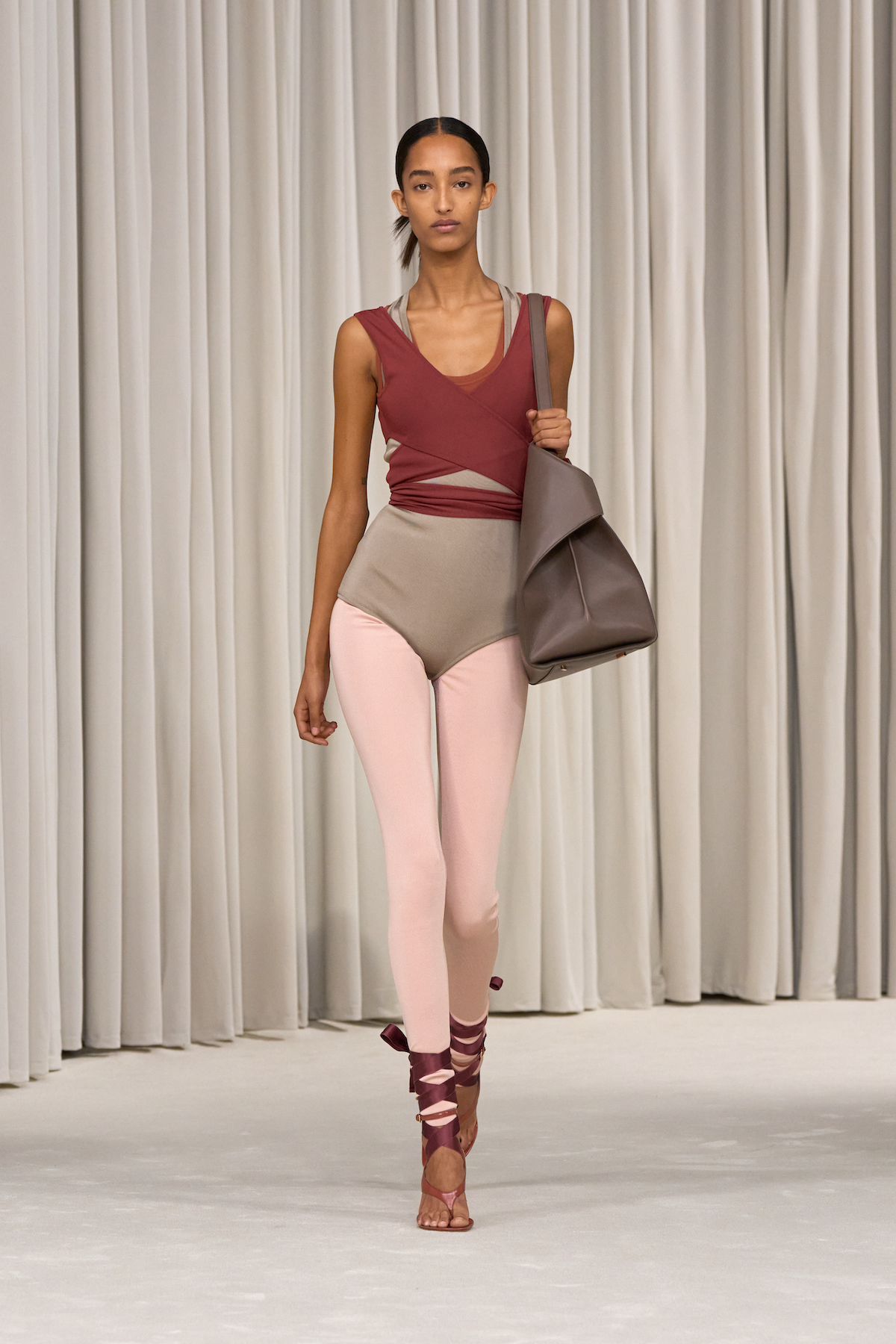
Maximilian Davis staged his latest collection for Ferragamo on a circular runway, lushly clad in off-white carpet and surrounded by curtains in the same hue (as the show began, they were closed to envelop the audience in the vast, cocoon-like space). It seemed to signal a move towards softness from the British designer this season, seeing Davis look towards two clients of house founder Salvatore Ferragamo, ballet dancer Rudolf Nureyev and American choreographer Katherine Dunham (the pioneering dancer has been called the ‘matriarch and queen mother of Black dance’). Signalled by a historic Ferragamo illustration of a ballet shoe on the invite, Davis evoked the tropes of dancewear for a collection more rooted in the rehearsal room than the blousy glamour of the stage. Indeed, a series of looks comprised layers of leggings, dance tops and leotards, while ribbon-tie fastenings on footwear recalled those found on ballet slippers.
Receive our daily digest of inspiration, escapism and design stories from around the world direct to your inbox.
Elsewhere, silhouettes wrapped the body or were louche and oversized – a nod, said Davis to Nureyev‘s wardrobe in the 1980s – while fabrics had a sense that they had been worn in, whether the opening creased outerwear or frayed edges to shorts and handbags, which the designer said was a reference the relaxed, beachside dress codes of his own Caribbean heritage. ‘I’ve always incorporated different historic eras in my work, periods in which I can recognise myself,’ said Davis, who is astutely bringing Ferragamo’s rich history into the present day. ‘I looked for similarities with Ferragamo, and the beauty of this brand is that there are so many stories that you can relate to. Every shoe has its own meaning; every shoe has a story.’
Gucci

The invitation for Sabato De Sarno’s latest Gucci show was a reissue of Enzo Mari's perpetual calendar for Danese Milano, its curving plastic design reissued in Ancora red, the deep, oxblood tone which has run through his tenure as creative director so far. The choice of object was intentional: this, said De Sarno, was a collection about ‘a precise moment in time… a moment to seize to live to the fullest… a moment the sun dives into the sea at the end of the day.’ As such, the semi-circular runway – which ran through Milan’s Triennale museum, a temple to design – echoed the tones of the setting sun, moving from yellows and oranges to, finally, Ancora red through the various ‘rooms’. It made for a collection which saw De Sarno celebrate life’s ephemeral joys, proposing quotidian garments instilled with moments of pleasure – from glimmering metal paillettes and delicate lace to shots of neon colour, headscarves and bold prints inspired by the house’s horsebit motif. In his words, this was a ‘casual grandeur that takes shape through my obsessions… always with an irreverent attitude.’ It ended with the models dancing away down the runway, followed by a bouncing De Sarno, who seemed to embody the collection’s easy, uplifting mood. ‘A year later, this collection shows an accomplished journey of construction,’ said the designer of a confident outing. ‘Moment after moment, I have built my ideas for Gucci.’
Missoni

Filippo Grazioli is a designer unafraid of the bold and colourful, a trait which sets him in good stead at Missoni, where graphic flourishes and a free-spirited approach have been central to the Italian knitwear label since its founding in 1953. Grazioli said that this season, in lieu of a rigid inspiration point, he was instead thinking about ‘the energy of chaos through the endless dance of colours and shapes’ (though he did name check the modernist wire sculptures of American artist Ruth Asawa). Largely, this meant honing in on Missoni’s signature zig-zag, whether emerging on what he called ‘millefeuille’ on front of a top (a three dimensional layered zig-zag which jutted outwards in shades of red, white and black), or blown up into chevrons which decorated dresses and overcoats. A sense of textural play, meanwhile, came in the colourful fronds of tassels, spiky knits, or a fluffy fabric which almost had the appearance that the model had stepped out of a bubble bath. It made for a freewheeling, instinctive collection, continuing a mood of experimentation which has given new energy to Milan this season.
Sportmax

The central courtyard of Pinacoteca di Brera, Milan’s historic art gallery, provided a dramatic backdrop for Sportmax’s latest show – all the more so for the way its entire surface had been covered with yards of bright, optic white carpet. It was a surreal trick: in some ways it seemed to evoke snow, though it also gave the ornamental 18th-century space a futuristic sheen. The Sportmax team revel in these strange juxtapositions, a mood which continued through the collection, where moments of sharp precision – sculptural box-shaped bra tops; trousers sliced at the hem; nipped-waist overcoats and blazers – met the fluid and the embellished, whether clattering crystals trapped under a layer of sheer fabric, beaded dresses, or the sinuous gowns which wrapped cleverly around the body. It fit well into the season’s already-prevailing mood, where designers are channelling a new eclectism and paying ode to an individual sense of style. As such, the design team said this was a collection of pure intuition – an experimental way of working that they have always flourished.
Tod’s

‘Artisanal Intelligence’ was the playful title of Matteo Tamburini’s sophomore collection for Tod’s, which was backdropped by an enormous installation by Italian sculptor Lorenzo Quinn erected for the occasion in a former warehouse on the outskirts of Milan. It comprised of an enormous pair of hands and twisting loops of ‘leather’, through which models – a starry line-up including Naomi Campbell, Mariacarla Boscono and Mona Tougaard – walked, before circling the cavernous space. Though if the focus was craft, Tamburini cleverly avoided the heavy or the overwrought, instead attempting to capture a sense of Meditteranean ease in lightweight poplin cotton shirts and parkas, narrow-strap sandals, and gently draped silhouettes in tones the designer described as shifting between warm ‘stone, sand and bronze’ and ‘the vibrant colours of Italian landscapes: the green of the meadows, the blue of the sea, and the red of the earth’. It also included a new riff of the Gommino driving shoe, here adorned with a row of metal rings (a motif that reappeared on the neckline of a draped layered gown worn by Boscono), while structured, elongated bucket-style bags met ladylike handbags in mock-croc and faux ostrich, the latter with an elegant metal band along their closure. On the way out, guests passed rows of artisans stitching the Gommino shoe by hand, a reminder of the handwork – and human beings – behind every piece.
Emporio Armani

With no Giorgio Armani show this season – the collection will instead be shown in New York this coming October as part of the Italian designer’s ongoing 90th birthday celebrations – it was left to Emporio Armani to carry the torch for the brand in Milan. It is a buoyant time for Emporio, evidenced this evening by a party which unfolded straight after the show, with guests ushered next door for spritzes, champagne and dancing to celebrate the renovation and reopening of the Emporio Armani store in Milan (it would go on until the early hours of the morning). The show was titled ‘Future Perfect’ and captured a similarly uplifting mood, with Mr Armani looking towards perhaps his most famous look: the men’s blazer and tie, the latter languid and oversized (it is a look that is having a moment, evoked by Anthony Vaccarello in his A/W 2024 Saint Laurent menswear collection, which recalled the Armani-dressed American Gigolo). Here, he made a version for women – ‘an elegant and provocative declaration of gender equality,’ the notes described – juxtaposing it with fluid, feminine looks in featherweight fabrics, which like all his summer collections was rooted in a mood of travel and escape. The feeling of ease carried on down to the footwear, a soft, lithe version of the boxing boot. For his final bow, as with recent seasons, Mr Armani shared the runway with his team – including Leo Dell'Orco, head of design for menswear and Silvana Armani, head of design for womenswear (she is also the designer’s niece). As ever, the applause was rapturous.
Moschino

Adrian Appioloza began his sophomore collection for Moschino with the humble white bed sheet, using it as a jumping-off point for a musing on the creative process, and how we use clothing to define who we are (befitting the inspiration, the Milan warehouse was hung with clothes lines of washed white linen). Twisted into gowns, morphing into trench coats, or scribbled on with biro drawings, the opening looks captured a mood of adolescent experimentation, setting the stage for a collection which saw the ‘ordinary made extraordinary’ (in the same vein, the opening looks were accompanied by playful handbags shaped like tea bags and laundry detergent bottles). The energetic collection which followed saw Appioloza draw inspiration from various subcultures, from bikers to the grunge movement to Buffalo, the 1980s British collective referenced here in bold typographical graphics by Terry Jones, the founder of London’s i-D magazine, as well as original archival jewellery by Buffalo member Judy Blame (Trust Judy Blame, set up in the late creative’s memory, also collaborated with Moschino on reissued pieces). The show ended with perhaps the collection’s highlight, a trio of gowns stitched onto the back of otherwise plain black suits. They were both beautiful and surreal – a fitting denouement to a collection which saw Appioloza confidently hone his vision for the house, which like its founder, Franco Moschino, revels in the playful, but is grounded in the real.
Prada

There was a simplicity to the OMA-designed Prada show set this season, which comprised a series of snaking benches that had been covered with sheets of satin, sliced and raw along their edges (it meant a departure from the ‘fairytale ravescape’ of last season’s menswear show). Though it was to prove something of a red herring. Because this was a collection which hit a mood which has already prevailed this season: one of a new eclecticism, collections which favour heady juxtapositions and individual expression over tidy thematics. Indeed, as the collection notes described, this was ‘a rejection of the derivative and expected’, a response, said co-creative directors Miuccia Prada and Raf Simons, to the idea of the internet algorithm, the constant delivery of information tailored to each person’s reality. ‘We are driven by algorithms,’ said Mrs Prada succinctly backstage. ‘We like things because people tell us to like them.’
Instead, the designers celebrated what they called the ‘unpredictability’ of human nature, the desire to constantly shift between moods in the way that we dress and express ourselves. ‘Today is a period of endless information, driven by algorithms where each person sees their own version of the present, their own reality curated for them,’ elaborated Mrs Prada. ‘We wanted not to critique but to engage with this idea, to open a dialogue inspired by our cultural moment. We examine its core meaning and find our own reactions – the idea of choice, of unpredictability as a measure of human creativity, of Prada for each individual.’ This was a collection where no two looks were the same, and opposing elements – largely a shift between the prim and ladylike and the surreal and fetishistic – made for a collection where ‘infinite options proffer infinite opportunities,’ as the house described.
So there were trompe l’oeil elements (‘fur’ collars, belts overlaid onto trousers) which reflected the men’s collection shown this past June, as did shirts and dresses which were cut to be purposely skewiff (then, the pair talked about an ‘instinctive’ approach to dressing, with ‘clothes that have lived a life, that are alive in themselves’). Elsewhere, ideas clashed: a conservative Argyll jumper was worn with a tough leather skirt, covered in hanging metal rings; a feathered dress with an neon-coloured anorak; a worn-in long-sleeved T-shirt with a full-length satin skirt decorated with appliqué flowers. Eyelets, meanwhile, were blown up to enormous size, while accessories came in futuristic visor-like hats or sunglasses in-built into headscarves. The result was dizzying and disorientating, the equivalent to whizzing through the Instagram Explore page at speed.
‘We thought of each individual as a superhero – with their own power, their own story,’ said Simons. ‘That reflects an idea of transformation – through your practice, your actions, or through the clothes you wear. They’re all means to express a message, about your own authority, your own personal strength. They can transform your own perception of yourself.’
Max Mara

During his two-decade-long tenure as creative director of Max Mara, British designer Ian Griffiths has established a rich and eclectic canon of women from history – oftentimes lesser-known or overlooked – which he draws on for inspiration. This season, he cast his net back to the time of antiquity – specifically, the 4th century and the Alexandrian mathematician and astronomer Hypatia, an influential speaker and teacher who was a rare female voice in ancient Egypt. It led to a collection Griffiths titled ‘Science and Magic’, paying homage to mathematicians as those who ‘reduce the messy old universe to a series of sleek equations’, something which could also be said for Griffiths’ approach to clothing, which simplifies dressing with sleek but pragmatic propositions for a woman’s wardrobe. It could be the perfect outerwear (here, a full-length but lightweight riff on the classic single-breasted overcoat), or crisp white shirts, sinuous ribbed knits or gently oversized blazers, which were all on offer. Meanwhile origami-like folds, which emerged on the waistline of dresses and jackets, referenced the work of Hypatia, who, as a follower of Pythagoras, focussed on the proportions of triangles – a task which Griffiths likened to that of the Max Mara dressmaker, who also works in intricate lines and folds.
Jil Sander

The work of Canadian photographer Greg Girard inspired Lucie and Luke Meier’s latest Jil Sander collection, which unfolded in dimly lit corridors of brown velvet curtains erected in a warehouse space on the northern reaches of Milan. In particular, the ‘colour and emotional gradients’ of his photographs, which have largely focussed on the transformation of Asian cities – and the life of those on their margins – from the ‘hidden nightlife’ of Hong Kong to the neglected neighbourhoods of Shanghai, where he has lived since 1998. It made for a moody outing from the pair, where decidedly eclectic combinations were designed to evoke both ‘romantic seediness’ and ‘urban sophistication’, referencing glimpsed scenes in cities after dark. Of the collection’s eclectic mood – garments spanned iridescent tailoring, cowboy denim, floral-adorned vinyl overcoats, riffs on the bowling shirt, doiley-like crochet and ribbed knits with twisting beaded edges – the wife-and-husband duo said they drew on ‘whatever sparked their imagination, from any time or place’. It made for an unexpected but liberated collection, one which evoked ‘a tender desire to be beautiful, glamorous, and pleased’. As a final flourish, Girard’s photographs appeared across garments, whether a lit-up car at dusk or constellations of flowers, mirrored by those which appeared across the white carpeted floor.
No. 21

Alessandro Dell’Acqua said he was inspired by the optimistic spirit of the 1960s for his latest No. 21 collection. It was an era he had come to via the photographs of Swiss photographer Karlheinz Weinberger, who is known for capturing the rebellious, subcultural scene of the time – particularly those in Europe influenced by Americana (as such, his images have long been a reference point for designers working in denim and leather). Though this was not a literal reinterpretation; instead, Dell’Acqua – whose work has always captured a fierce, dishevelled glamour – instead wanted to evoke the creative spirit of the young women, who often found rebellion in unexpected, mismatching combinations which opposed the conservative dress codes of their parents. So there were skewiff floral cardigans worn with shimmering brocade skirts, pearls and messed-up beehive hair, furry leopard-print collars and checkerboard print pointed pumps, as well as billowing sheer layered dresses which revealed colourful underwear beneath. Elsewhere, buttoned-up swing coats and shrunken tailoring recalled the distinct silhouettes of the 1960s. ‘I took their creative spirit, which, in my opinion, came from their urge to put different fads and fashions, mode e modi together,’ said Dell’Acqua. ‘They reinvented themselves day after day.’
Marni

Following a world tour that included stops in New York and Tokyo, Marni’s Francesco Risso returned home to Milan last season, with the designer choosing to stay in the city for S/S 2025. In fact, this was just about as close to home as you could get: Risso selected Marni’s headquarters on Viale Umbria to stage the show, which unfolded in a vast concrete hall entirely covered with wooden bistro chairs at alternating angles. In the centre, three pianos – led by the musician Dev Hynes – started to play as the show began, seeing models emerge in threes and weave their way through the chairs on seemingly random paths (when the lights came up at the end of the show, they had, in fact, been following different coloured lines along the floor).
It set a theatrical stage for a revelatory collection from the designer, who eschewed the raw creativity of recent seasons for an exercise in glamour and polish – albeit in Risso’s offbeat style. It largely centred on plays on midcentury silhouettes: narrow-waisted dresses were adorned with floral prints, opera coats were slung gently off the shoulder, while dramatic headwear was adorned with ‘feathers’ recalling cut-out paper (a similar technique was used to create a play on the feather boa). Meanwhile, a masculine slant came in broad tailoring, leather jackets and high-waisted trousers, recalling 1960s greasers. Make-up saw arching Divine-style eyebrows on men and women, the look becoming more exaggerated as it reached the final looks: a flurry of flared, couture-like gowns, adorned with crystal flowers. It was a collection that Risso said was about a pursuit of beauty, an act he likened to 'chasing a white rabbit across your yard’. ‘This is the romance of Marni: the ephemeral, lingering desire to go chasing rabbits,’ he said.
Fendi

As renovations of Fendi’s Milan headquarters on Via Solari continue, it was out to a vast soundstage on the city’s outskirts for Kim Jones’ latest ready-to-wear collection for the Roman house. Marking the beginning of a centenary year – Fendi was founded in 1925 as a leather goods manufacturer – the British designer looked for inspiration in the house’s founding decade, seeking to channel the liberated modernity of the 1920s with a feminine collection that spanned diaphanous, flapper-inspired dresses, sinuous sheer layers, and flourishes of crystal embellishment (Jones said the intricate craft on display was a bridge to his couture collections for the house, extending all the way to crystal-decorated pop socks). The languid glamour was contrasted with the near sci-fi white of the runway set, which centred on an enormous box (as a final trick, it opened to reveal a glimmering tableau of models inside).
‘The foundations of how women dress today and, in many ways, how we think are in the 1920s. It’s about modernity in style and attitude,’ explained Jones, who noted 1925 was also the year that Virginia Woolf’s Mrs Dalloway and F Scott Fitzgerald’s The Great Gatsby were published. ‘There’s a modernism in dress, design, decoration and thought. We approached the collection with these things in mind, as an amalgam of epochs, moods and techniques – then and now.’ This intermingling of eras was reflected by the soundtrack, which saw a soaring Max Richter composition interrupted by extracts of a conversation between house scions Anna Fendi and Silvia Venturini Fendi (the latter is also artistic director of accessories and menswear), in which they discuss Adele Fendi, who founded Fendi with her husband Edoardo. ‘I wanted something romantic, something with a debt to the 1920s from the 2020s,’ said Jones. It was a leap between centuries which made for perhaps his strongest Fendi collection yet.
Stay tuned for more from Milan Fashion Week S/S 2025.
Jack Moss is the Fashion & Beauty Features Director at Wallpaper*, having joined the team in 2022 as Fashion Features Editor. Previously the digital features editor at AnOther and digital editor at 10 Magazine, he has also contributed to numerous international publications and featured in ‘Dazed: 32 Years Confused: The Covers’, published by Rizzoli. He is particularly interested in the moments when fashion intersects with other creative disciplines – notably art and design – as well as championing a new generation of international talent and reporting from international fashion weeks. Across his career, he has interviewed the fashion industry’s leading figures, including Rick Owens, Pieter Mulier, Jonathan Anderson, Grace Wales Bonner, Christian Lacroix, Kate Moss and Manolo Blahnik.
-
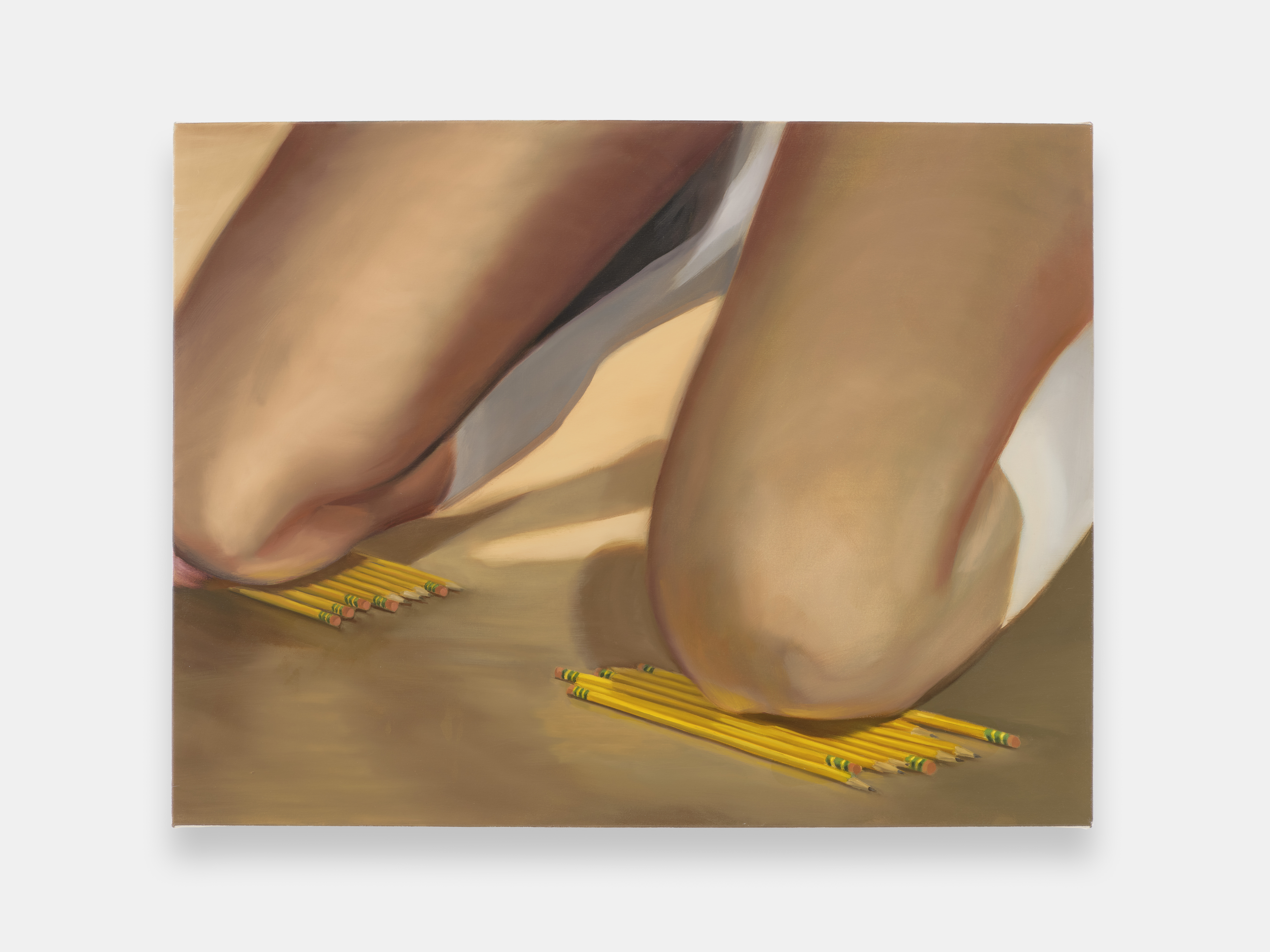 ‘I want to bring anxiety to the surface': Shannon Cartier Lucy on her unsettling works
‘I want to bring anxiety to the surface': Shannon Cartier Lucy on her unsettling worksIn an exhibition at Soft Opening, London, Shannon Cartier Lucy revisits childhood memories
-
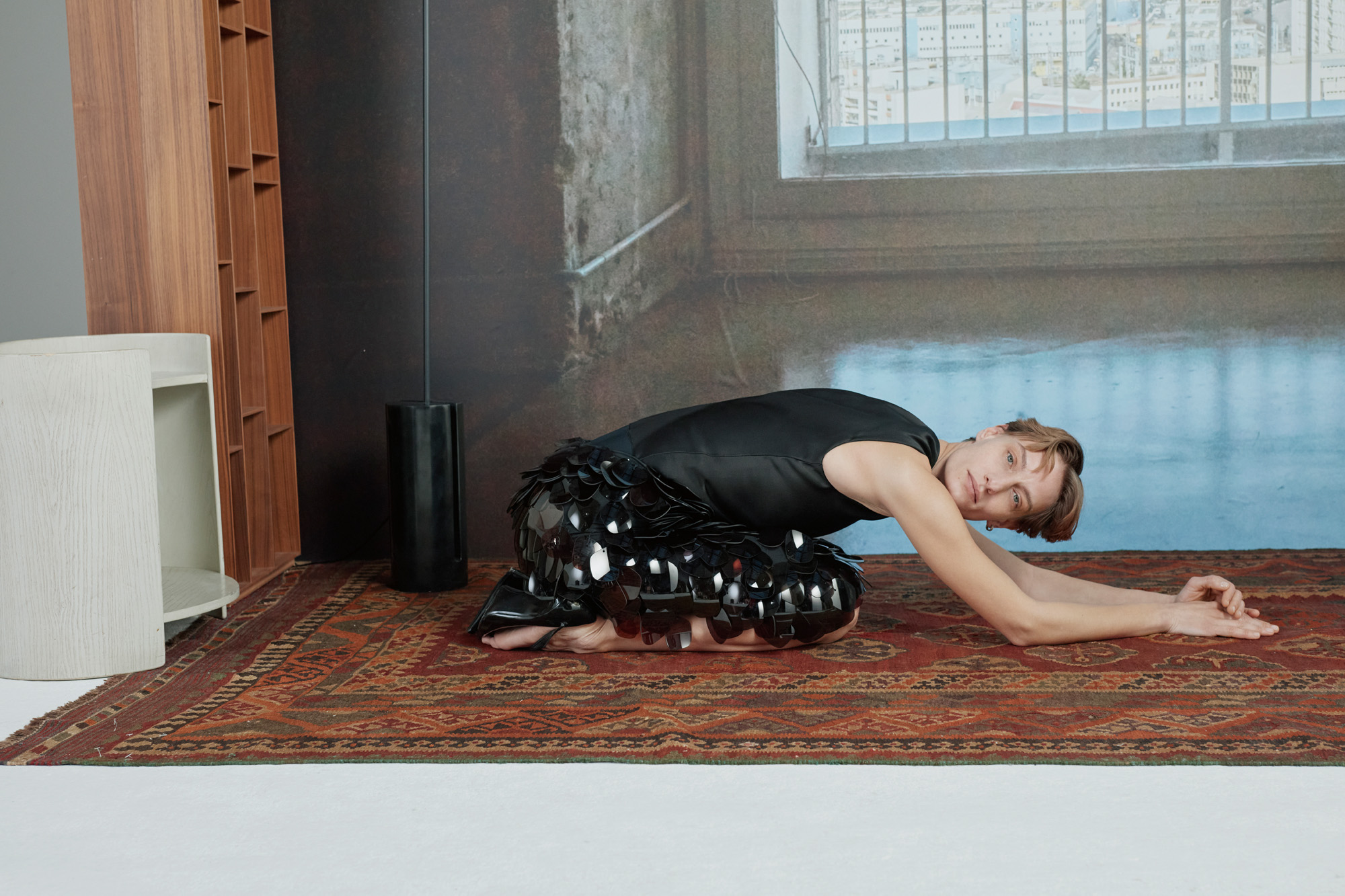 What one writer learnt in 2025 through exploring the ‘intimate, familiar’ wardrobes of ten friends
What one writer learnt in 2025 through exploring the ‘intimate, familiar’ wardrobes of ten friendsInspired by artist Sophie Calle, Colleen Kelsey’s ‘Wearing It Out’ sees the writer ask ten friends to tell the stories behind their most precious garments – from a wedding dress ordered on a whim to a pair of Prada Mary Janes
-
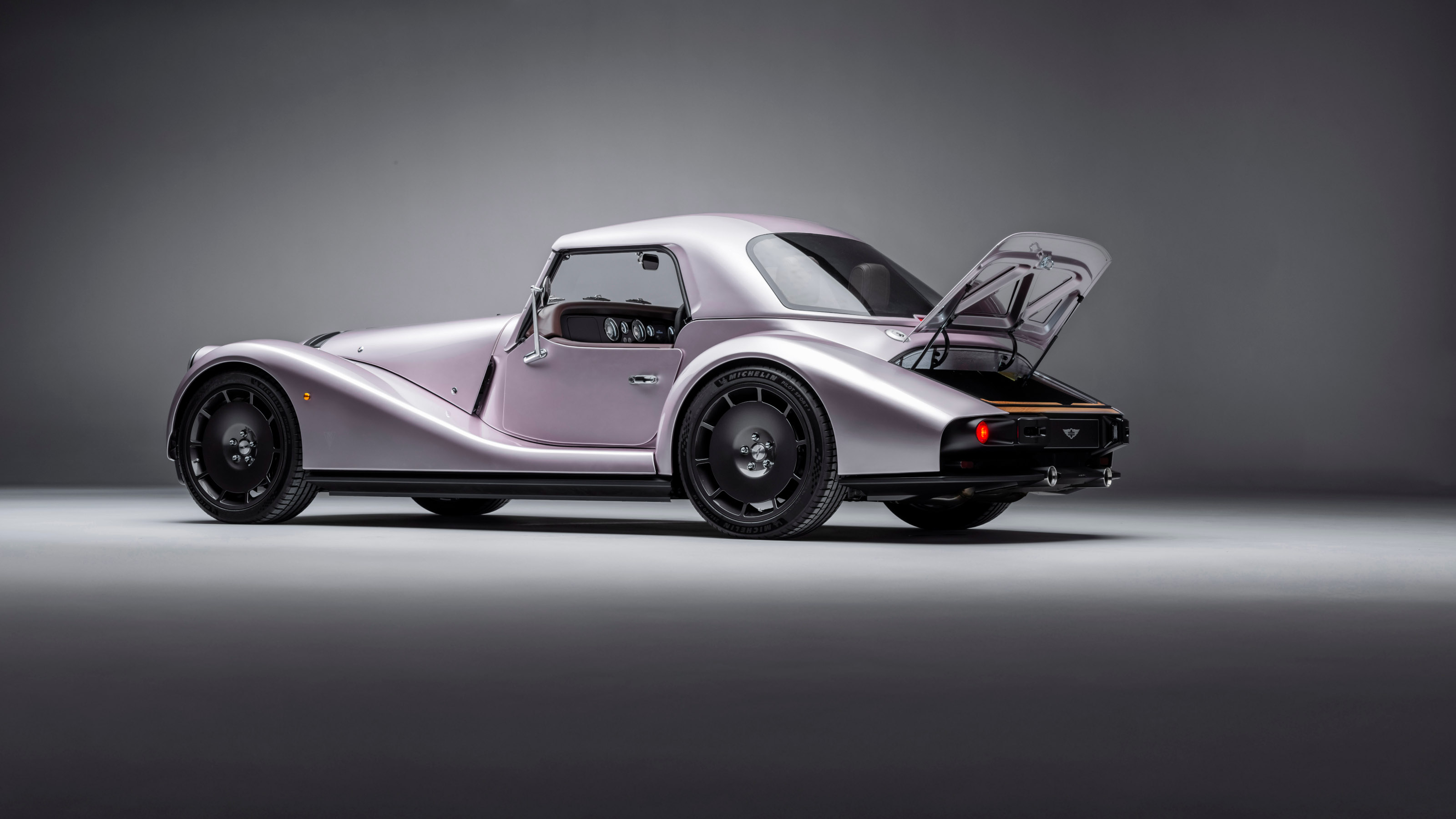 Year in review: 2025’s top ten cars chosen by transport editor Jonathan Bell
Year in review: 2025’s top ten cars chosen by transport editor Jonathan BellWhat were our chosen conveyances in 2025? These ten cars impressed, either through their look and feel, style, sophistication or all-round practicality
-
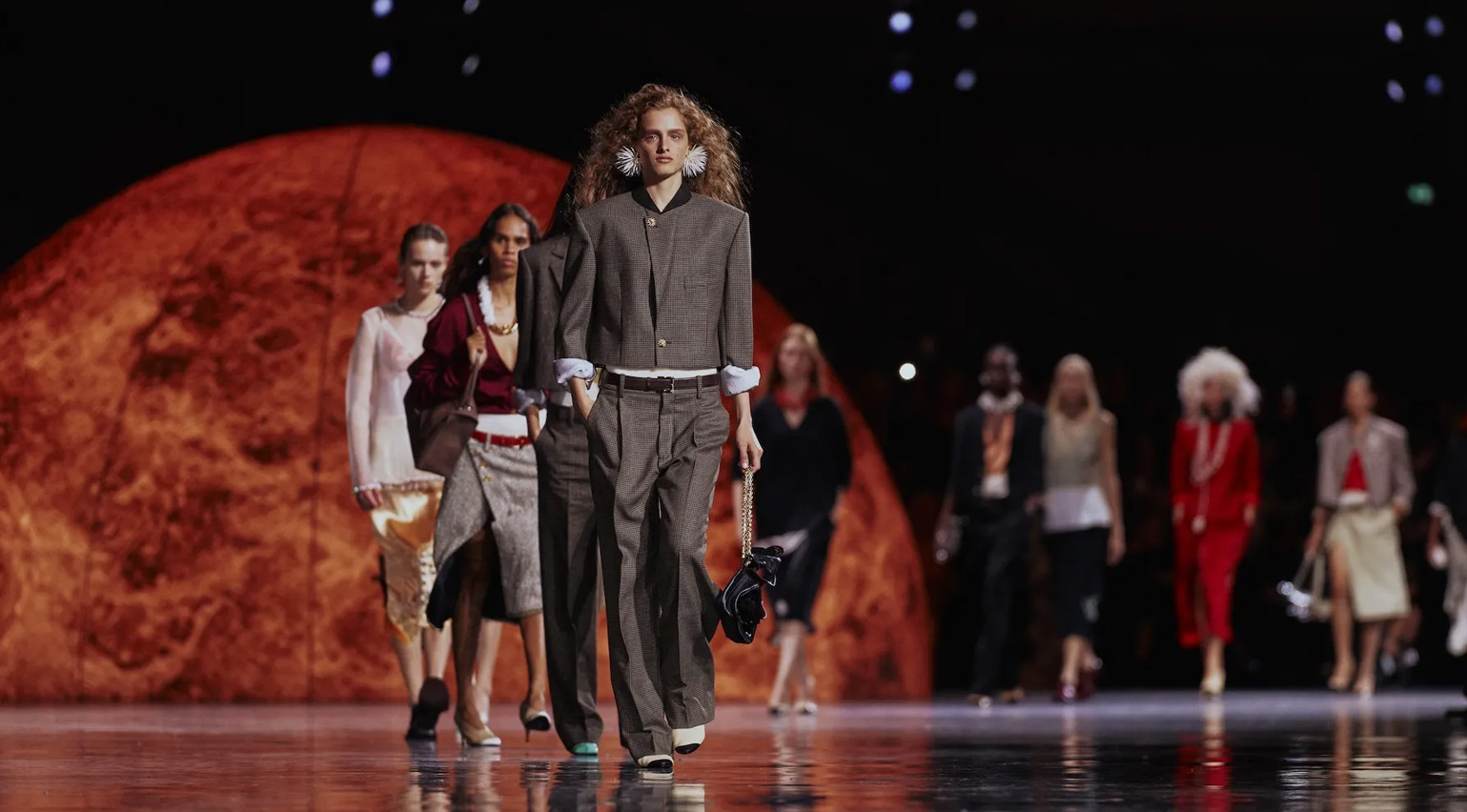 Debuts, dandies, Demi Moore: 25 fashion moments that defined 2025 in style
Debuts, dandies, Demi Moore: 25 fashion moments that defined 2025 in style2025 was a watershed year in fashion. As selected by the Wallpaper* style team, here are the 25 moments that defined the zeitgeist
-
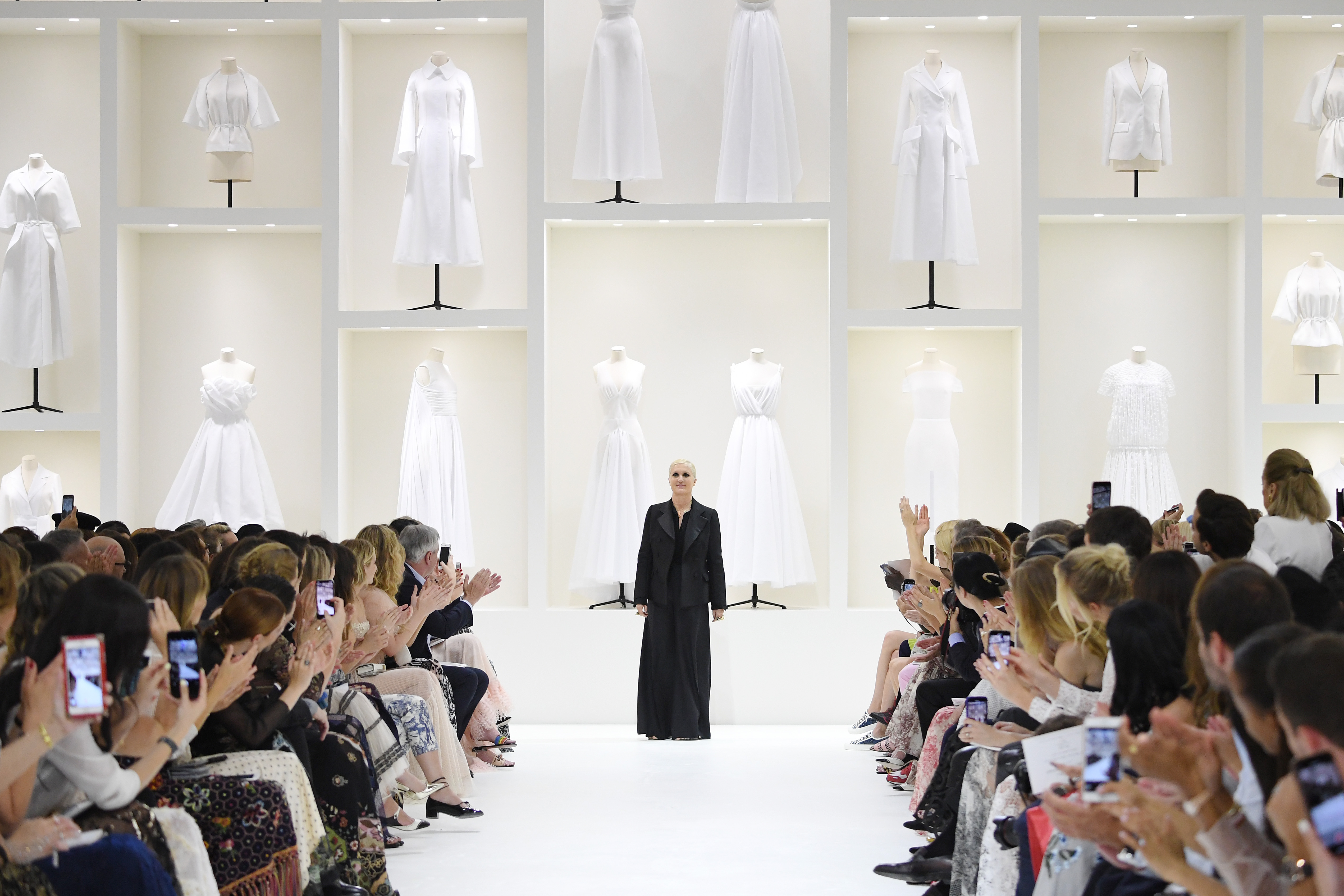 Maria Grazia Chiuri is returning to Fendi as chief creative officer
Maria Grazia Chiuri is returning to Fendi as chief creative officerThe former Dior designer is Fendi’s new chief creative officer – a move which will see her return to the Italian house where she began her career in 1989
-
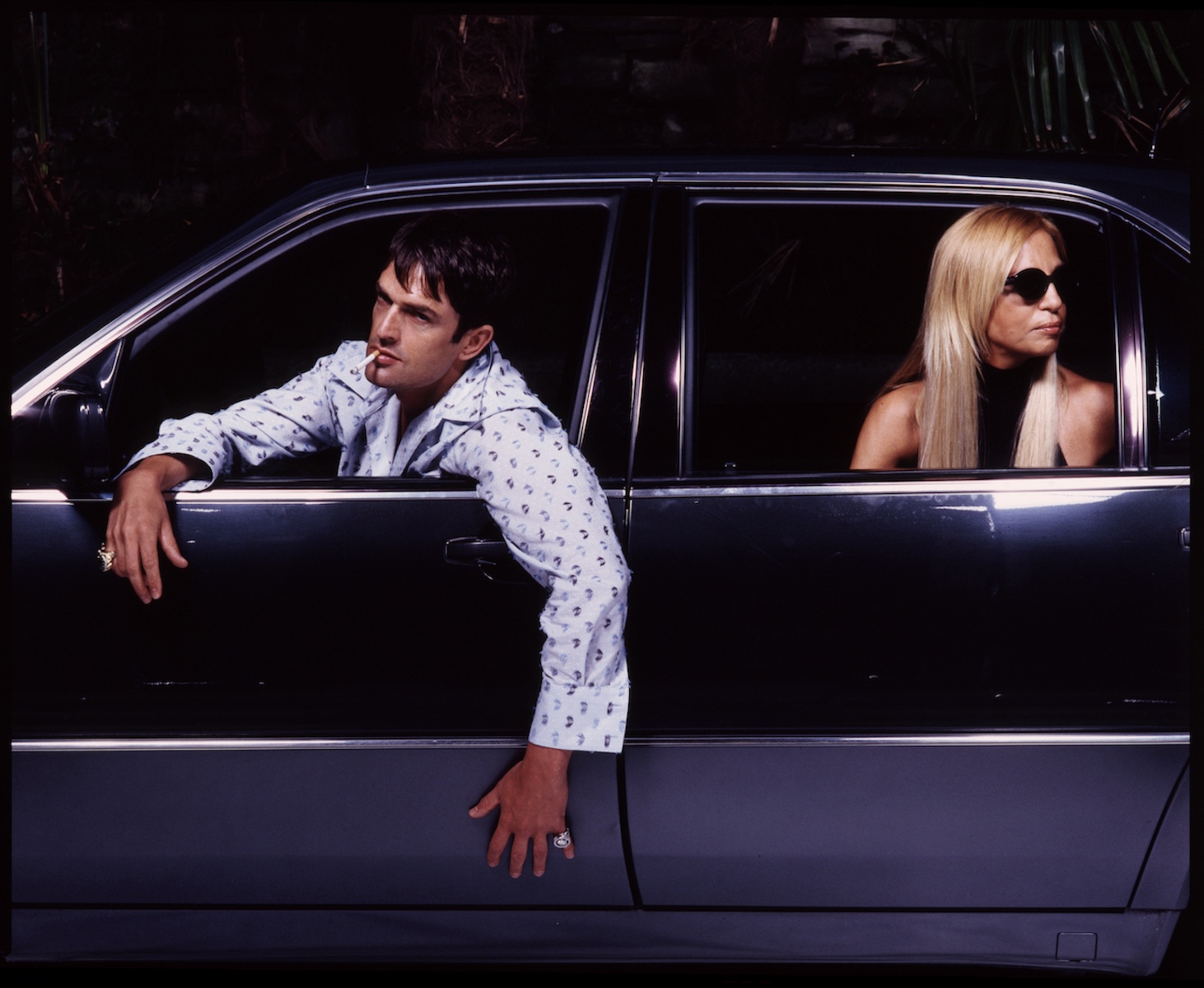 The story behind Gian Paolo Barbieri’s cinematic fashion photography, which helped define the 1990s
The story behind Gian Paolo Barbieri’s cinematic fashion photography, which helped define the 1990sA new Milan exhibition explores the legacy of Gian Paolo Barbieri, a photographer who would shape a vision of Italian style alongside collaborators Versace, Armani and Valentino
-
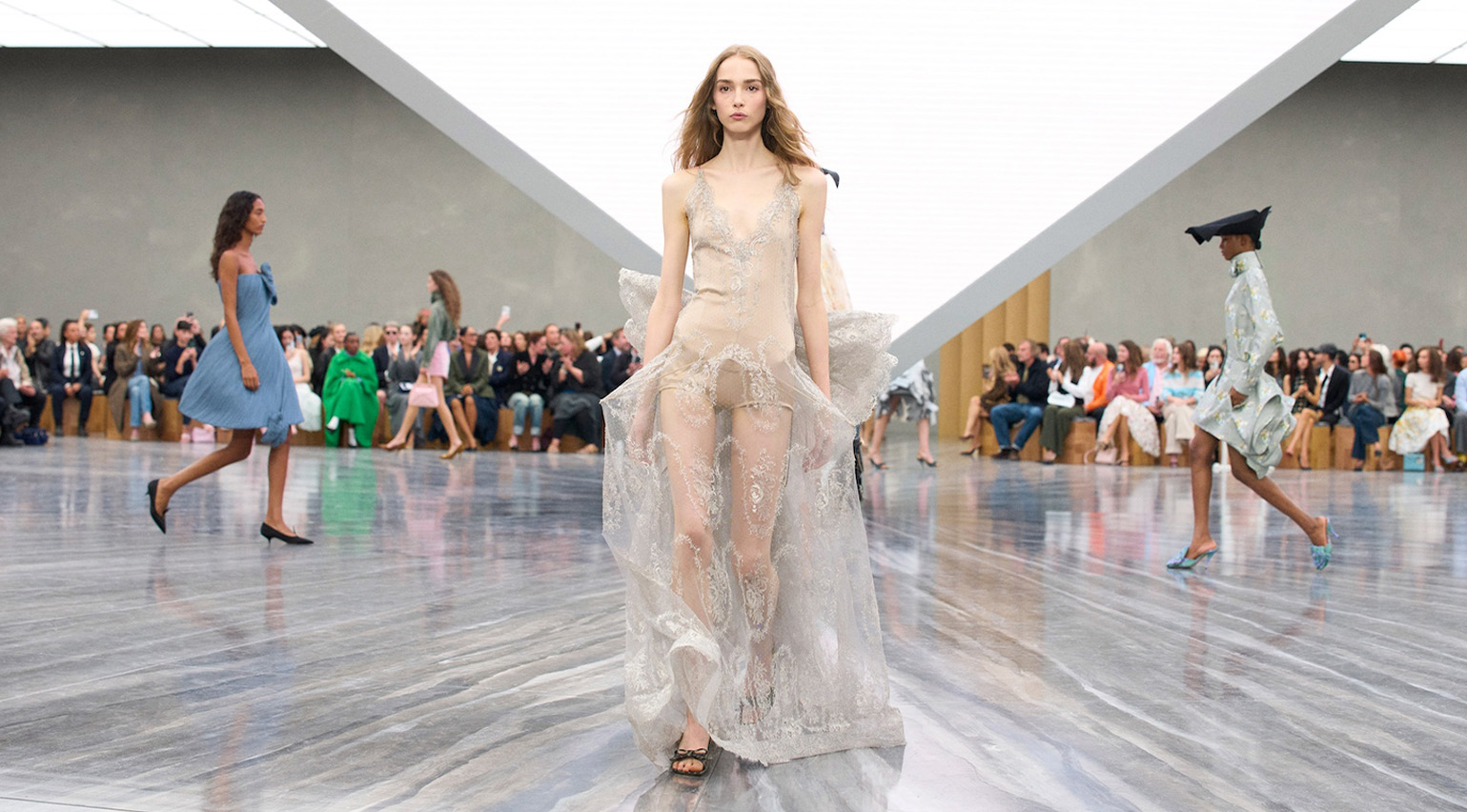 The key takeaways from the S/S 2026 shows: freedom, colour and romance define fashion’s new chapter
The key takeaways from the S/S 2026 shows: freedom, colour and romance define fashion’s new chapterWe unpack the trends and takeaways from the S/S 2026 season, which saw fashion embrace a fresh start with free-spirited collections and a bold exploration of colour and form
-
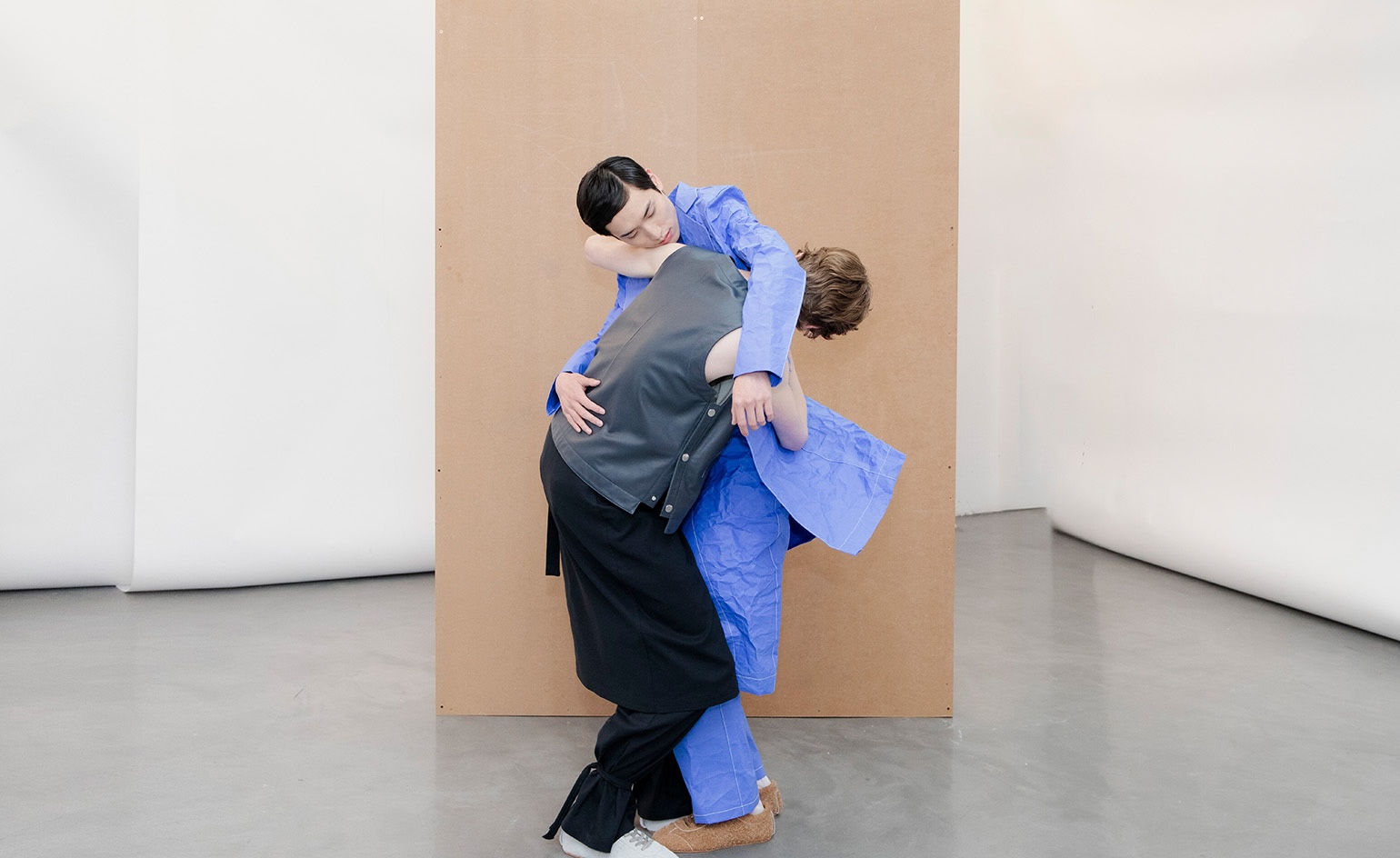 The independent designers you might have missed from fashion month S/S 2026
The independent designers you might have missed from fashion month S/S 2026Amid a tidal wave of big-house debuts, we take you through the independent displays that may have slipped through the cracks – from beautiful imagery to bookshop takeovers, museum displays and moves across the pond
-
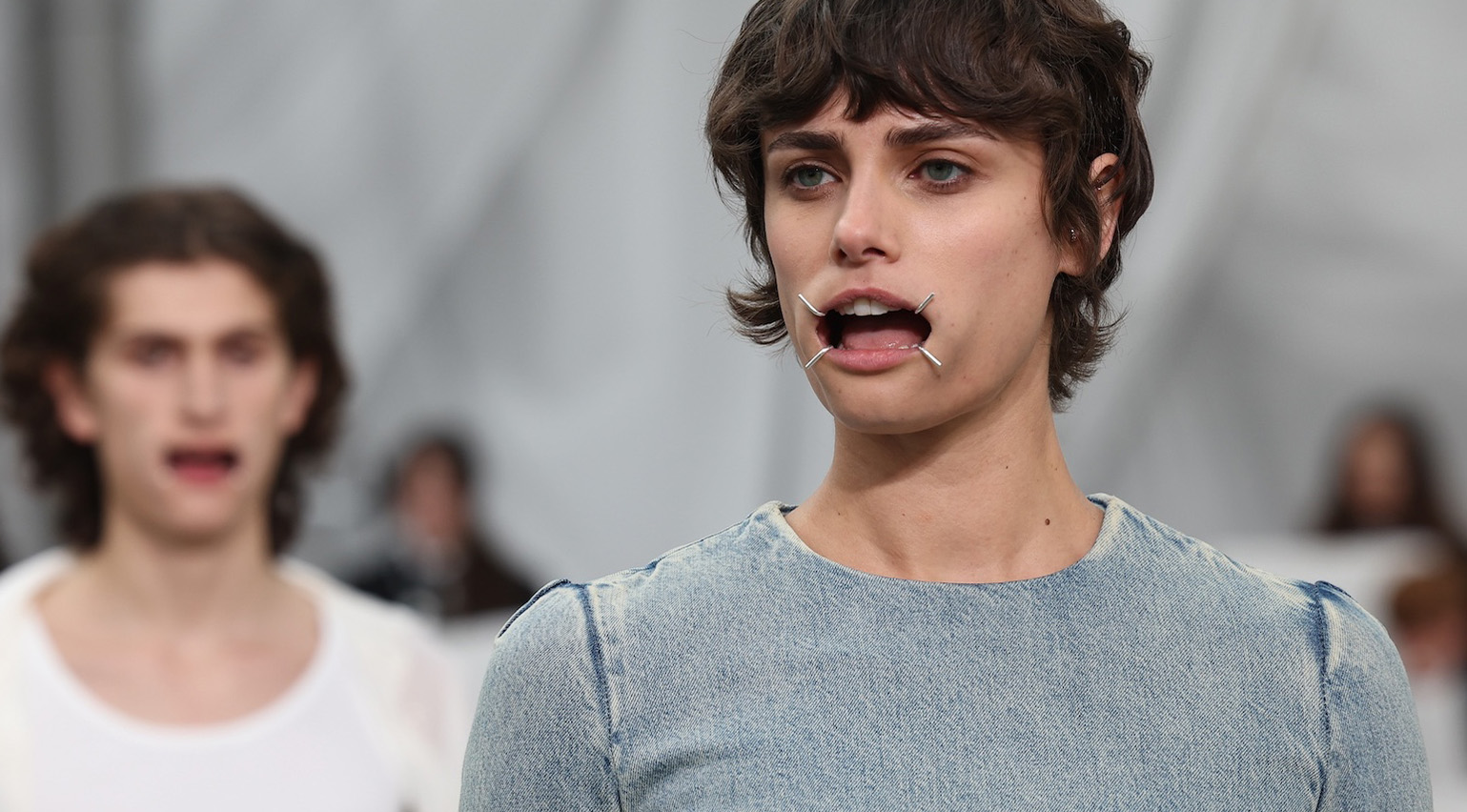 From wearable skincare to scented runways, unpacking the unconventional beauty moments of fashion month S/S 2026
From wearable skincare to scented runways, unpacking the unconventional beauty moments of fashion month S/S 2026The S/S 2026 season featured everything from probiotic-lined athleisure to fragranced runways – and those Maison Margiela mouthguards
-
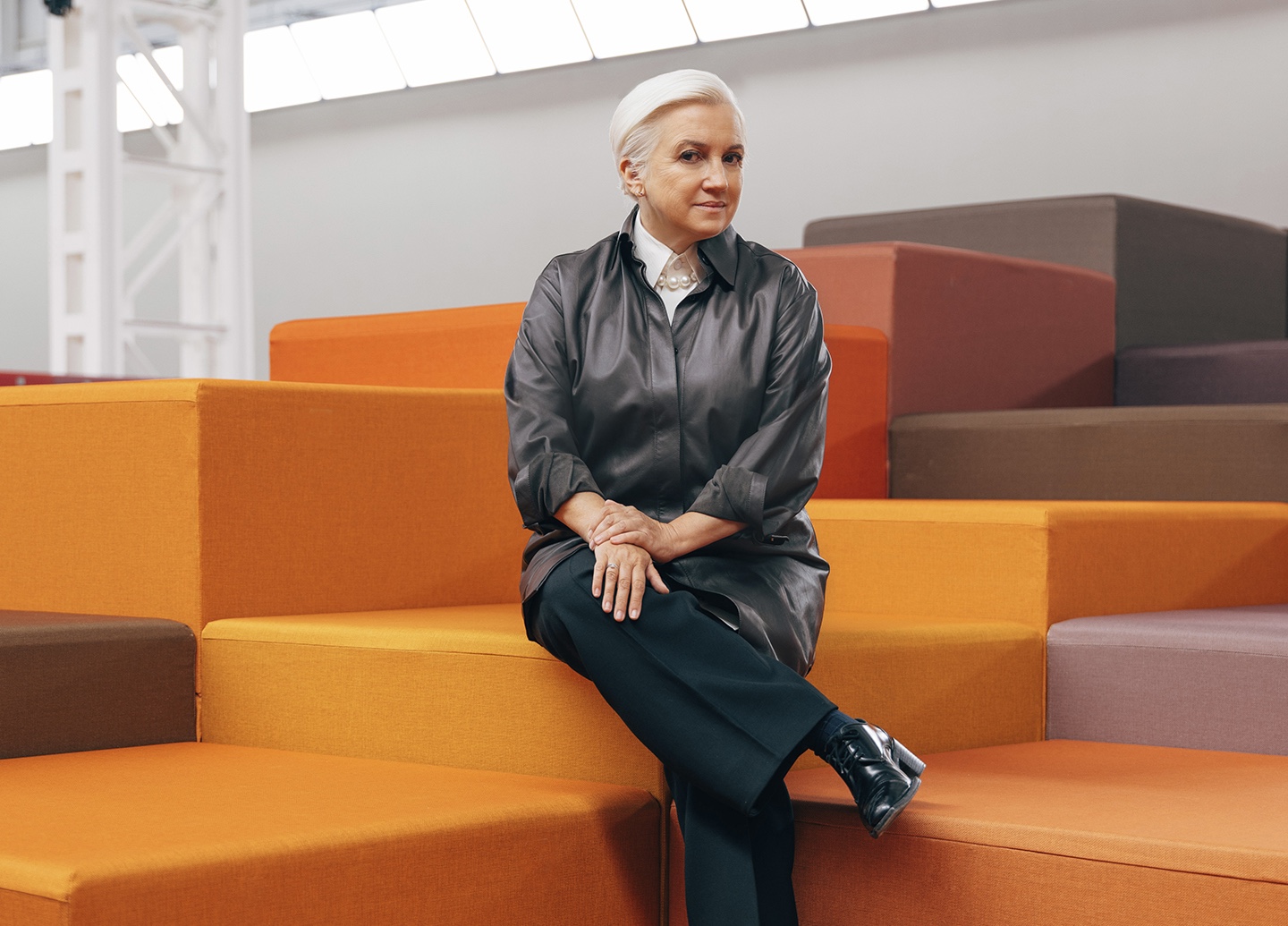 Silvia Venturini Fendi to become ‘honorary president’ of Fendi as the Roman house enters a new era
Silvia Venturini Fendi to become ‘honorary president’ of Fendi as the Roman house enters a new eraThe third-generation member of the Fendi family is to step back from her current position designing the house’s men’s and women’s collections as the Roman house seeks a new ‘creative organisation’
-
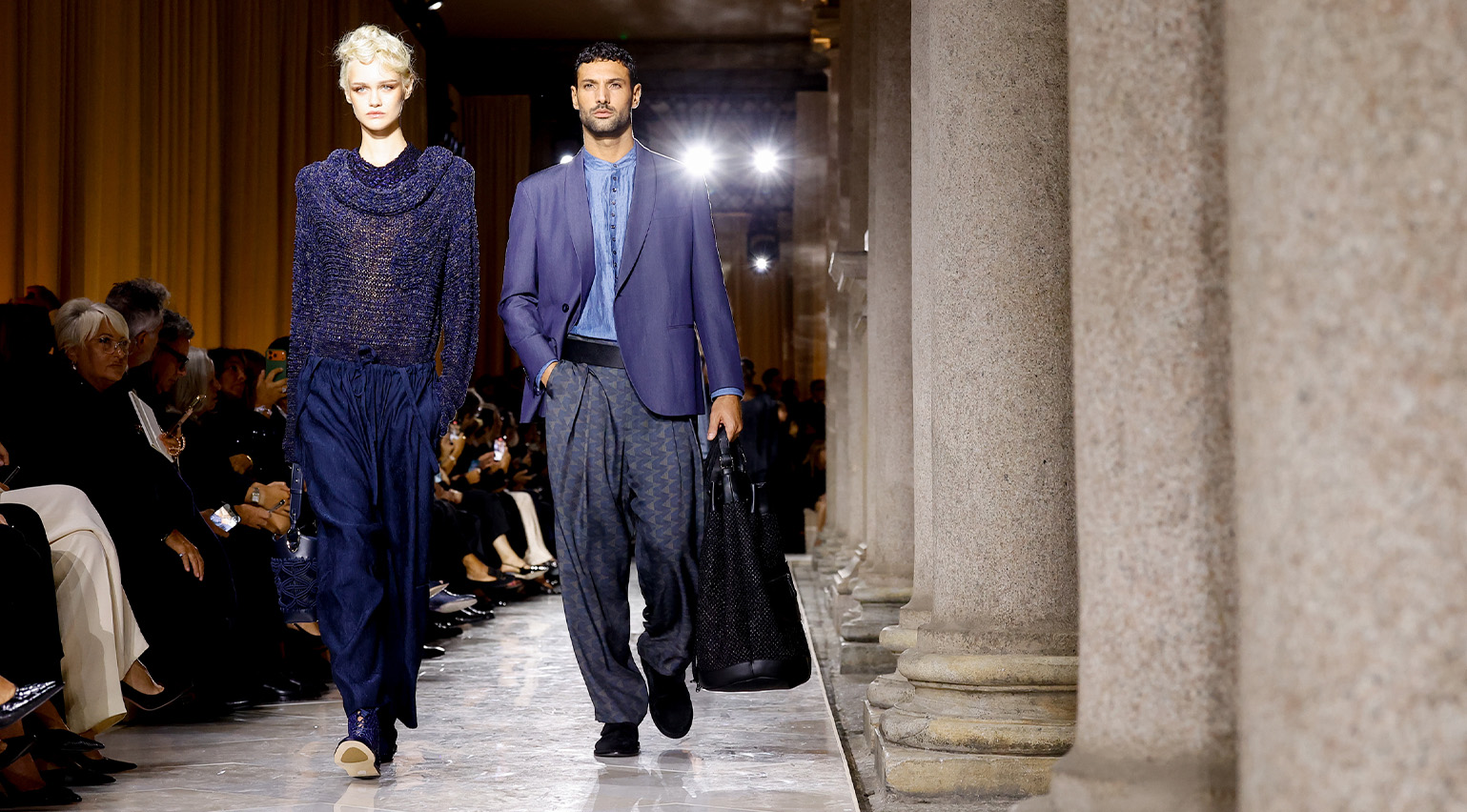 In Milan, the fashion world gathers to say goodbye to Giorgio Armani at his final show
In Milan, the fashion world gathers to say goodbye to Giorgio Armani at his final showOriginally planned to mark the 50th anniversary of Giorgio Armani’s eponymous house, Sunday evening’s runway show at Milan’s Pinacoteca di Brera would prove to be the last from the designer, who passed away earlier this month aged 91